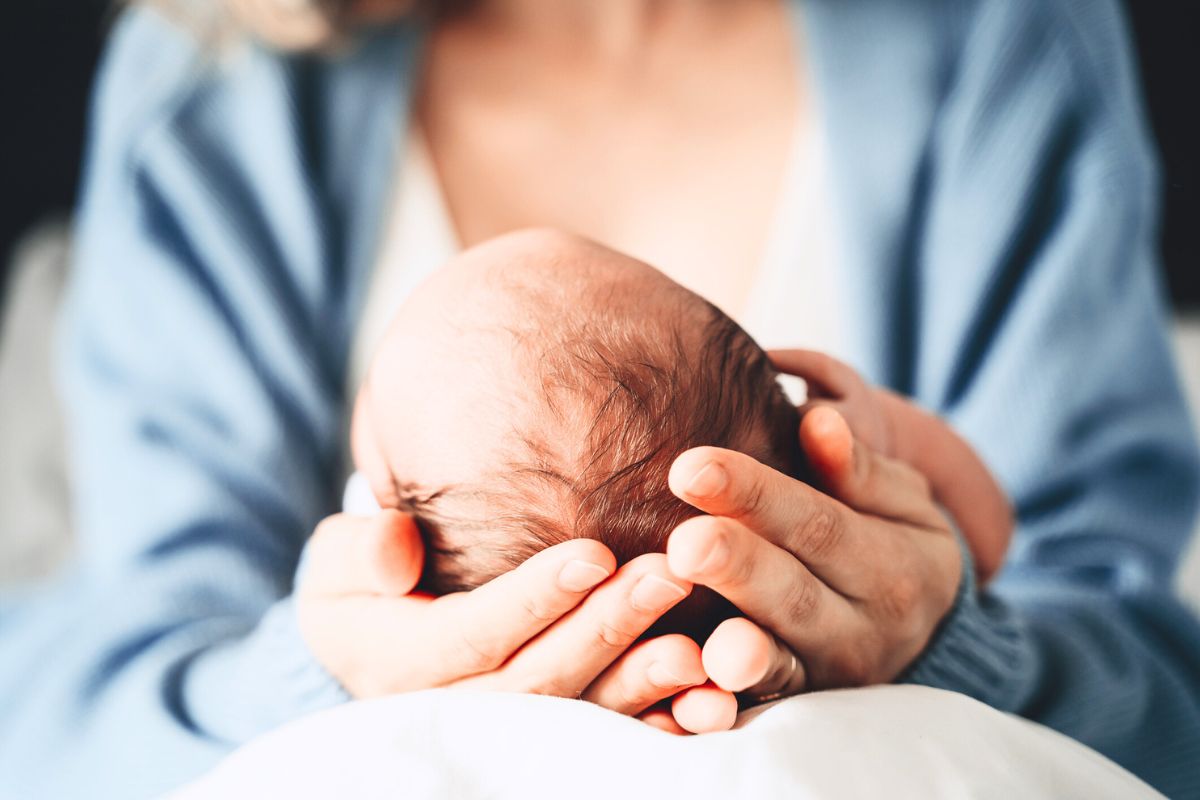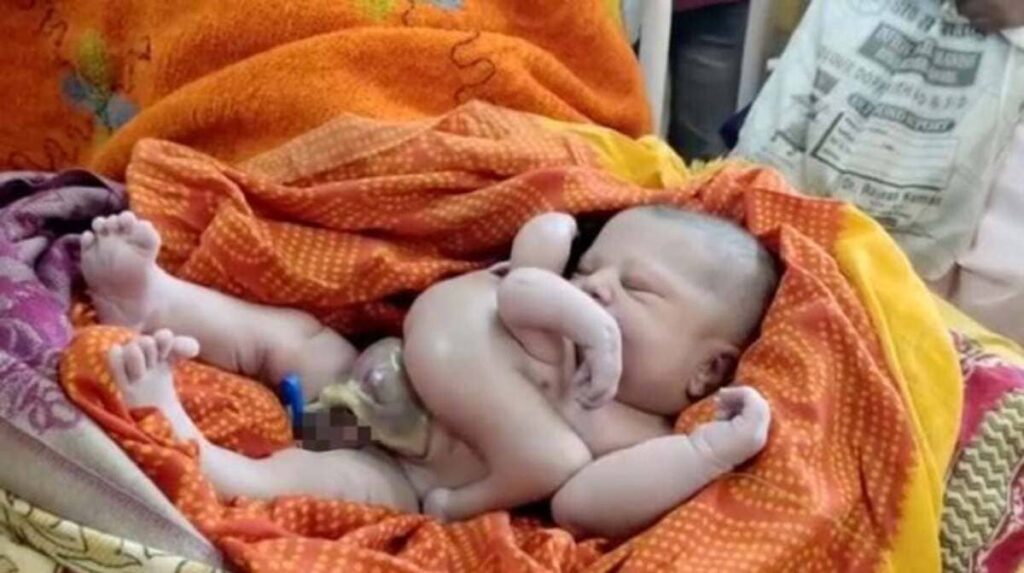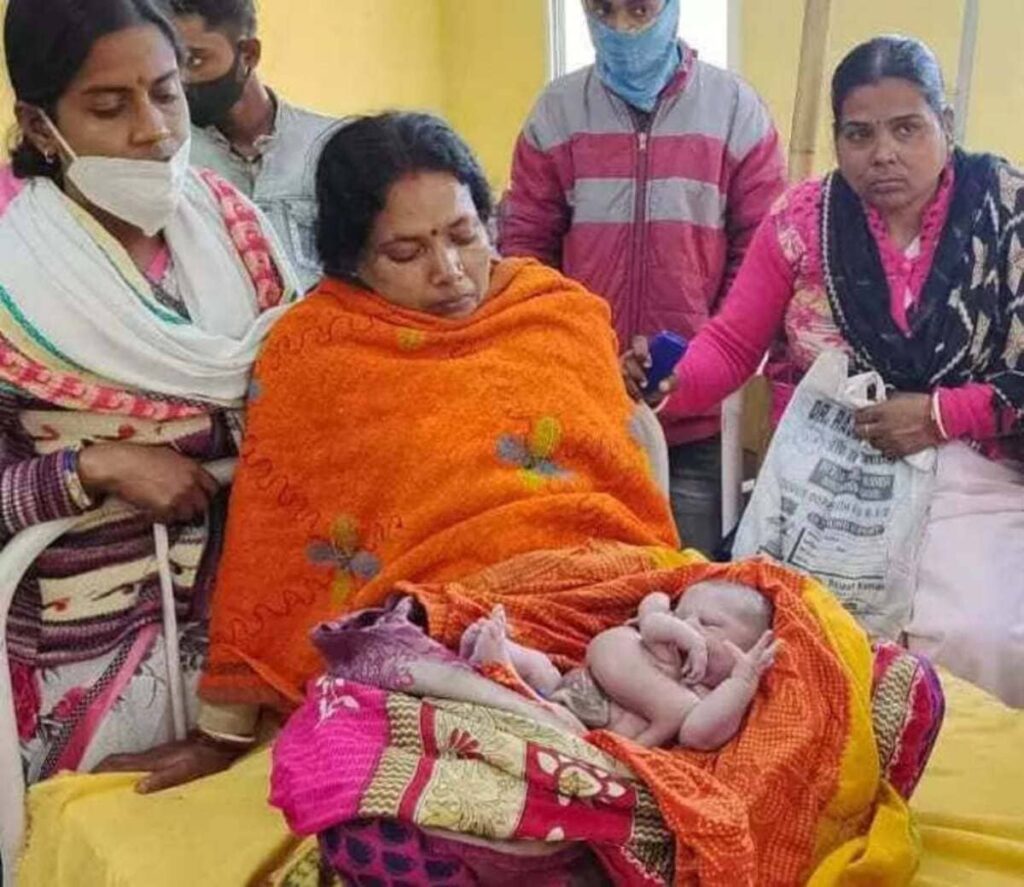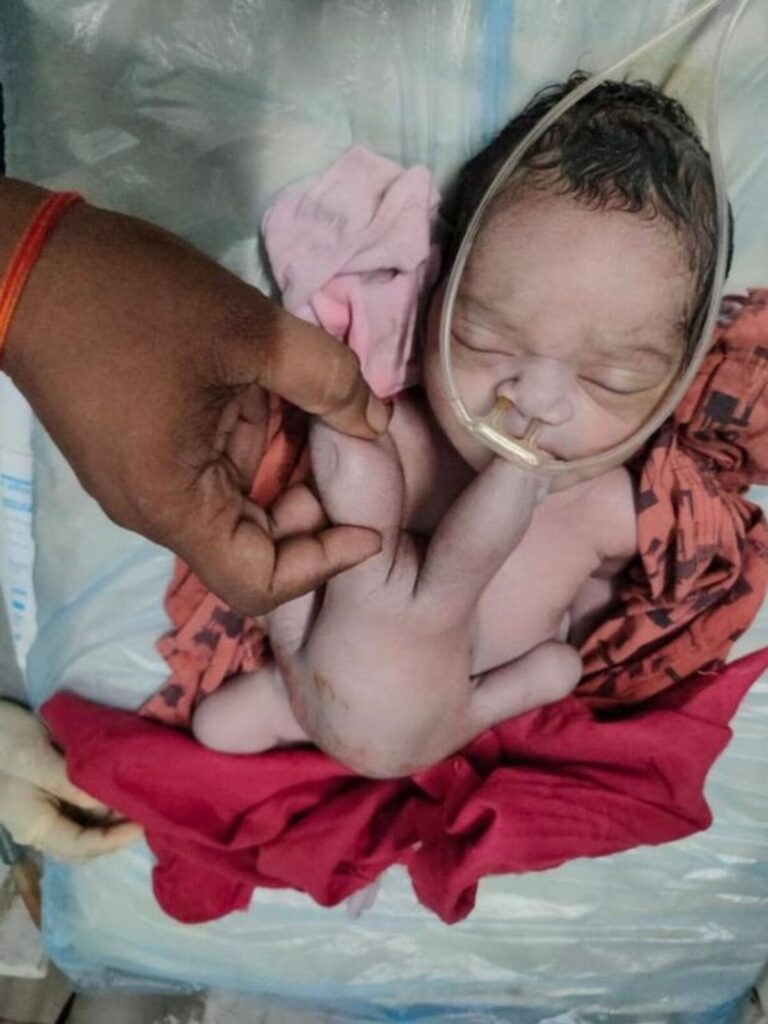India: a baby is born with 4 arms and 4 legs — an extremely rare case

In a small town in northern India, the arrival of a newborn has stunned doctors, fascinated locals, and sparked headlines across the globe. Born with four arms and four legs, the infant has been hailed by some as a “miracle of nature” and by others as a divine sign.
A birth that captivated a community
The baby, weighing 3.5kg, was delivered at a community health centre in Shahabad, Uttar Pradesh. Extra limbs appeared to extend from the infant’s torso — a sight so unusual that word spread quickly, drawing crowds eager to glimpse the child.
In the region, some residents linked the birth to the Hindu goddess Lakshmi, often depicted with multiple limbs and revered as the deity of wealth, prosperity, and fertility. The comparison added a spiritual layer to what is, in medical terms, an exceptionally rare congenital condition.


The science behind the rare condition
Doctors believe the baby has polymelia, a developmental anomaly in which an infant is born with extra limbs. According to medical literature, polymelia is classified depending on where the extra limbs are located — stemming from the head, pelvis, chest, or spine.
Although extremely rare in humans, the condition has been documented more frequently in animals such as cattle, poultry, and amphibians. Experts explain that it can result from a genetic mutation affecting cell growth or, in some cases, from the incomplete separation of conjoined twins, where one twin’s limbs remain attached to the other.

Historical parallels and medical context
History has shown that external factors can also cause severe limb deformities. One of the most notorious examples is thalidomide, a drug prescribed in the 1950s for morning sickness. It led to more than 10,000 babies being born with missing or underdeveloped limbs, with around half not surviving beyond infancy, according to public health records.
In polymelia, however, the challenge is not the absence but the excess of limbs — which may or may not function and often require surgical intervention for health and mobility.

A mix of wonder and medical concern
For now, the baby’s case is being monitored closely by medical teams, who will assess the child’s overall health and potential treatment options. In the streets outside the hospital, conversations range from awe to speculation, balancing cultural interpretations with medical reality.
While the condition is rare and complex, one thing is certain: this child’s arrival has united a community in curiosity, reverence, and an undeniable sense of wonder.
Loading...

